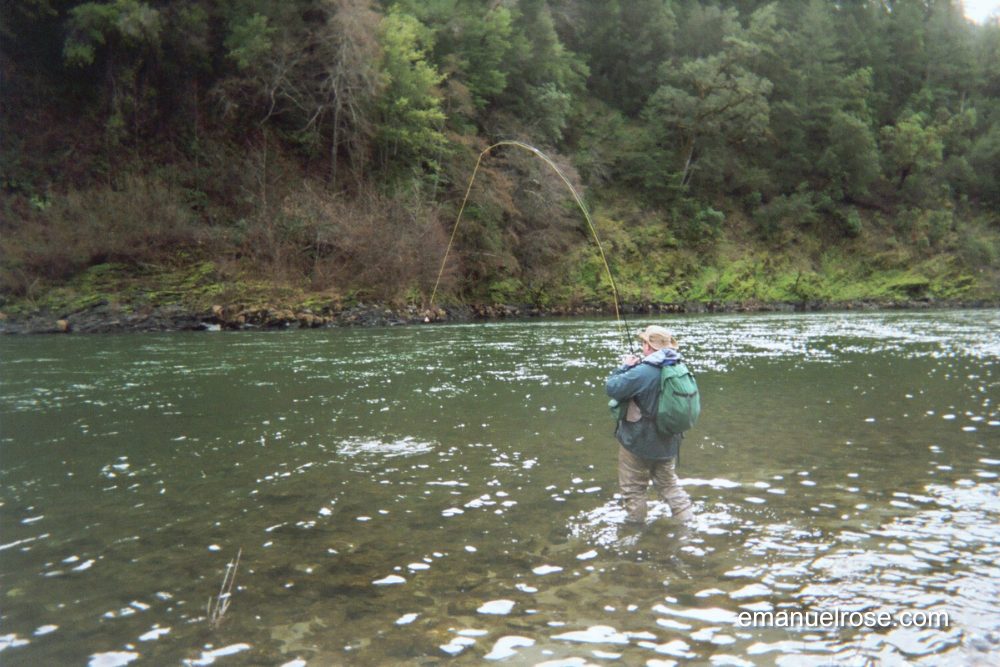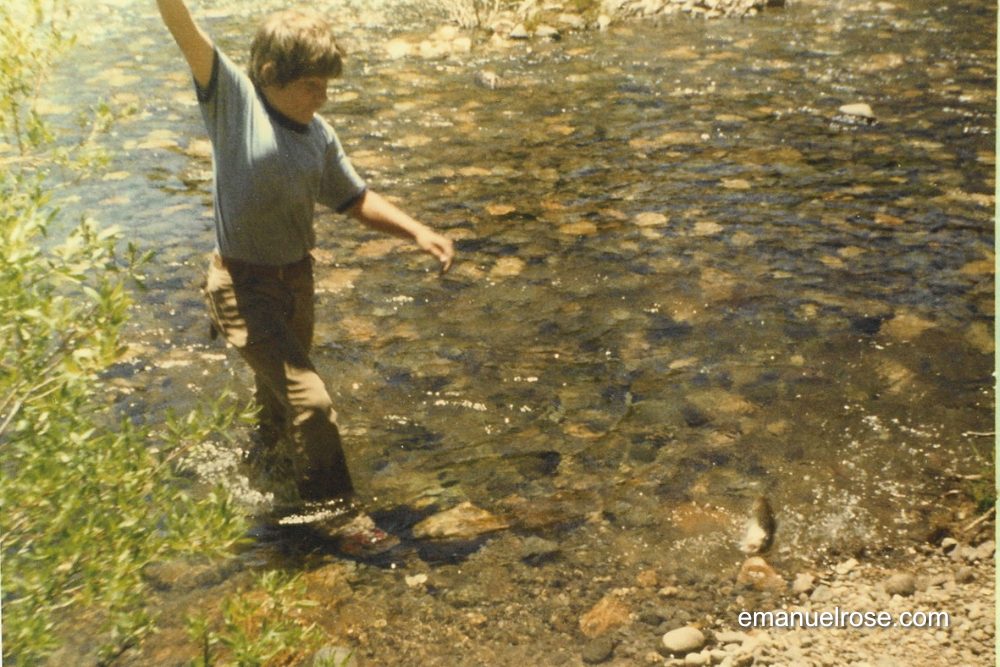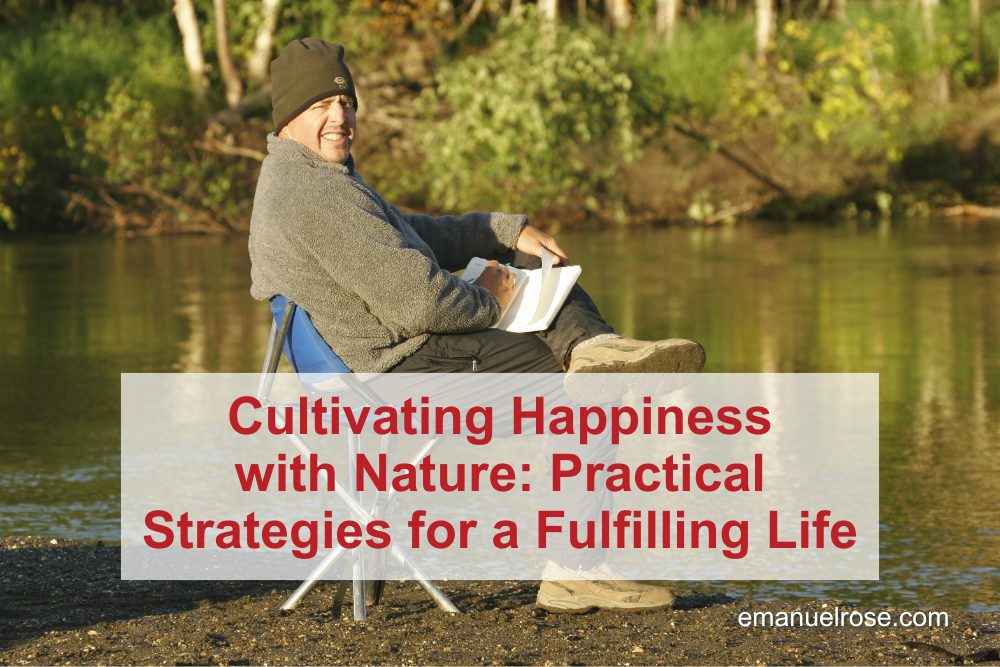Practical Strategies for a Fulfilling Life
Life’s challenges, such as divorce, the loss of a loved one, or job termination, can sometimes make it difficult to see the light at the end of the tunnel. These moments often push us to reevaluate our values and find ways to bring happiness back into our daily lives. Today, we’re focusing on strategies and activities that enhance well-being through the power of nature.
Understanding Happiness: A Pathway to Well-Being
The pursuit of happiness often starts with understanding what genuinely brings joy. This involves exploring positive psychology, which is the science of thriving and well-being. While numerous exercises and theories exist to boost happiness, finding a universally accessible method that consistently generates happiness can be particularly effective. Developing a clear understanding can guide us toward creating a daily routine that fosters joy and satisfaction.
The Overlap Concept

A unique idea to consider is “overlap,” which illustrates different levels of engagement with life. Imagine visiting a beach and observing four types of people:
- Fly-By: People passing by without noticing the beach.
- Spectating: Those who sit and watch from a distance.
- Wading: Individuals who step into the shallows but don’t fully engage.
- Overlap: The adventurers who put on gear, swim out, and experience vibrant reefs and marine life.
Applying the Overlap Concept to Daily Life
Daily Practices for Happiness
- Lunch Breaks in Nature: Instead of eating at your desk, take your lunch outside. Walk through a park, listen to the birds, and soak in the natural surroundings. You might find that this short break refreshes your mind and provides a burst of energy for the rest of your day.
- Morning Exercise: Wake up a bit earlier for a morning jog or walk in a nearby natural area. This not only boosts physical health but also positively impacts mental well-being, setting a positive tone for the day ahead.
- Mindful Driving: Take a scenic route home from work, appreciating the greenery and open spaces. This small change can make your commute more enjoyable and less stressful.
- Five Senses Engagement: Fully engage all your senses when in nature. Notice the shapes, colors, sounds, and smells around you. This practice, often referred to as ‘grounding,’ helps anchor you in the present moment, reducing anxiety and promoting calmness.
Valuing Nature and Life
Creating Opportunities for Nature Appreciation
Involving Children in Nature
- Balance Screen Time: Encourage kids to reduce screen time and replace it with outdoor activities. Establishing limits and creating a family schedule for outdoor activities can help.
- Nature Challenges: Engage kids with fun, competitive activities in nature, like identifying different insects or bird species. Turn these into educational scavenger hunts that combine learning with play.

- Educational Walks: Teach children about the wonders of nature during walks or hikes, sparking their curiosity and appreciation. Equip them with simple tools like magnifying glasses or bug-catching kits to make these excursions more interactive and exciting.
Addressing Moments of Unhappiness
Practical Tips for Daily Reflection
Fully Participating in Nature
Ways to Deepen Your Engagement

Happiness isn’t a distant goal but a daily practice of engaging deeply with life and nature. By adopting small but meaningful practices and valuing the living world around us, we can enrich our lives and find sustainable joy.

